
Inditex-owned fast-fashion retailer Zara has unveiled its latest Asia flagship store in Nanjing, China, as part of its global strategy to optimize retail operations by closing underperforming locations and investing in larger, more immersive stores. The new flagship, spanning 2,500 square meters across two floors, is situated in Nanjing’s central business district of Xinjiekou and represents a new direction for the brand’s retail experience.
A Digital-First Shopping Experience
With a focus on digital integration and creating engaging in-store experiences, Zara’s Nanjing flagship introduces several innovative features aimed at enhancing customer interaction. The store incorporates a salon for private shopping experiences, complete with a lounge area and personal fitting rooms, offering an exclusive service tailored to high-value customers. Additionally, the store debuts a “fit check” studio equipped with multiple cameras and adjustable lighting, allowing customers to create video content and download it directly to their phones. Both features can be booked via China’s popular social messaging app, WeChat, further integrating online and offline shopping.
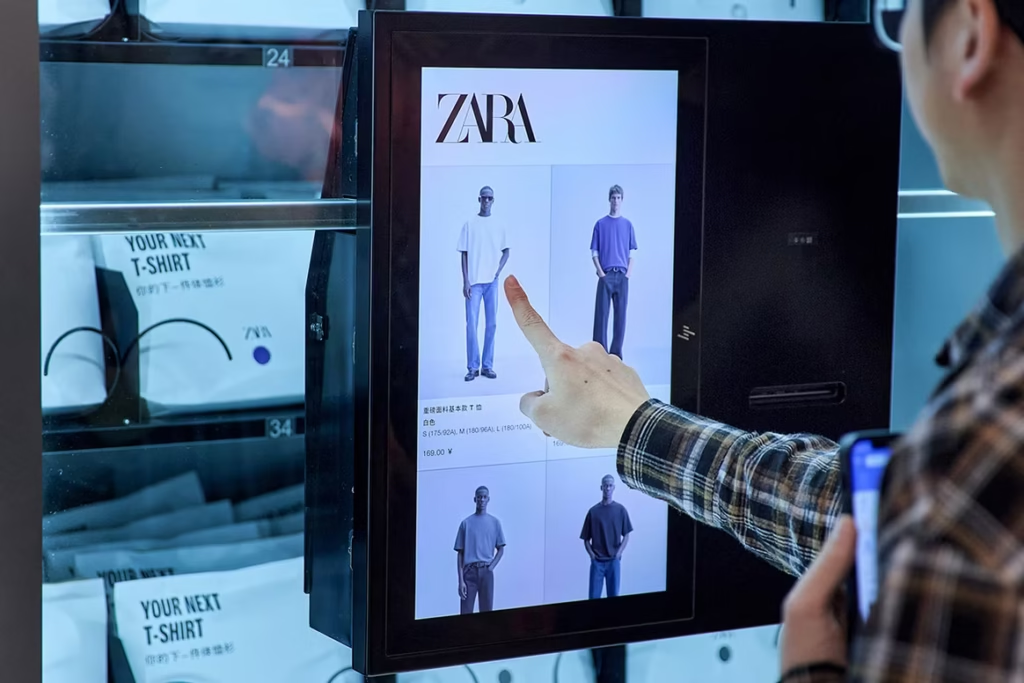
China as a Testing Ground for Global Expansion
Zara has often used China as a launchpad for new retail concepts before expanding them to other markets. The Nanjing store’s interactive features and digital enhancements are being trialed in China, with the potential for global rollout based on customer engagement and success metrics. A notable example of this approach was the brand’s livestream shopping experiments on Douyin (China’s version of TikTok), which led to similar trials in Europe and the U.S.
Zacaffe: Expanding the Lifestyle Experience
A significant addition to the Nanjing store is the debut of Zacaffe, Zara’s coffee shop concept, outside of Spain. The presence of Zacaffe aligns with the brand’s strategy to encourage longer in-store visits, providing customers with a place to relax and socialize while shopping. This lifestyle-driven approach mirrors trends seen in other major retail brands incorporating hospitality elements to enhance customer engagement.

Strategic Retail Optimization in China
The launch of this flagship store comes at a critical time for Zara in China. The brand has faced challenges due to a broader economic slowdown and increased competition from domestic brands with agile supply chains and strong digital marketing strategies. In response, Inditex has been refining its retail footprint, focusing on flagship stores in prime locations while ramping up online sales.
Zara’s physical presence in China has seen a significant reduction in recent years. From a peak of 570 stores in 2019, the brand’s store count dropped to 132 as of January 31, 2025. This shift reflects Inditex’s broader strategy of consolidating its physical retail network while strengthening its e-commerce capabilities.
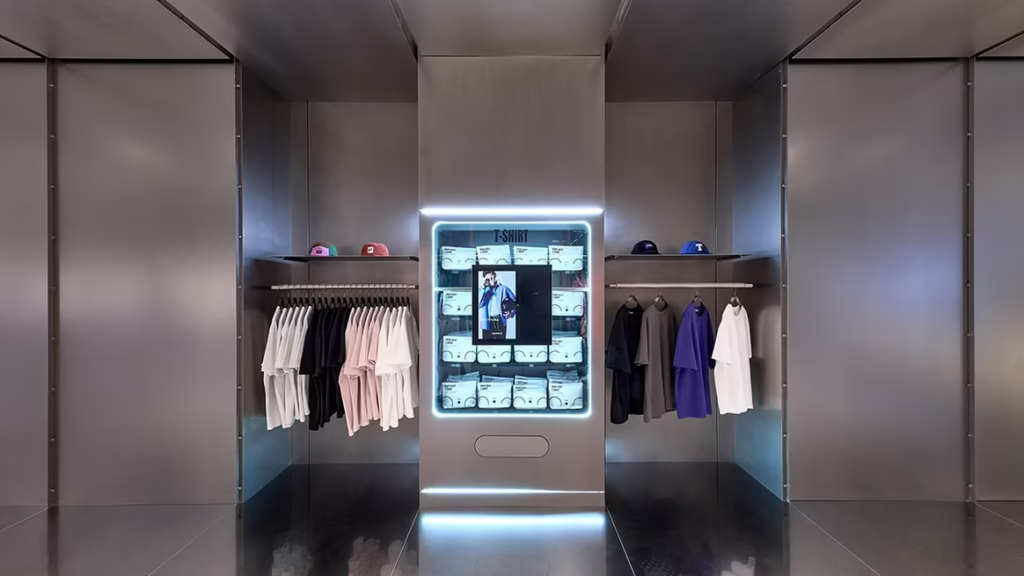
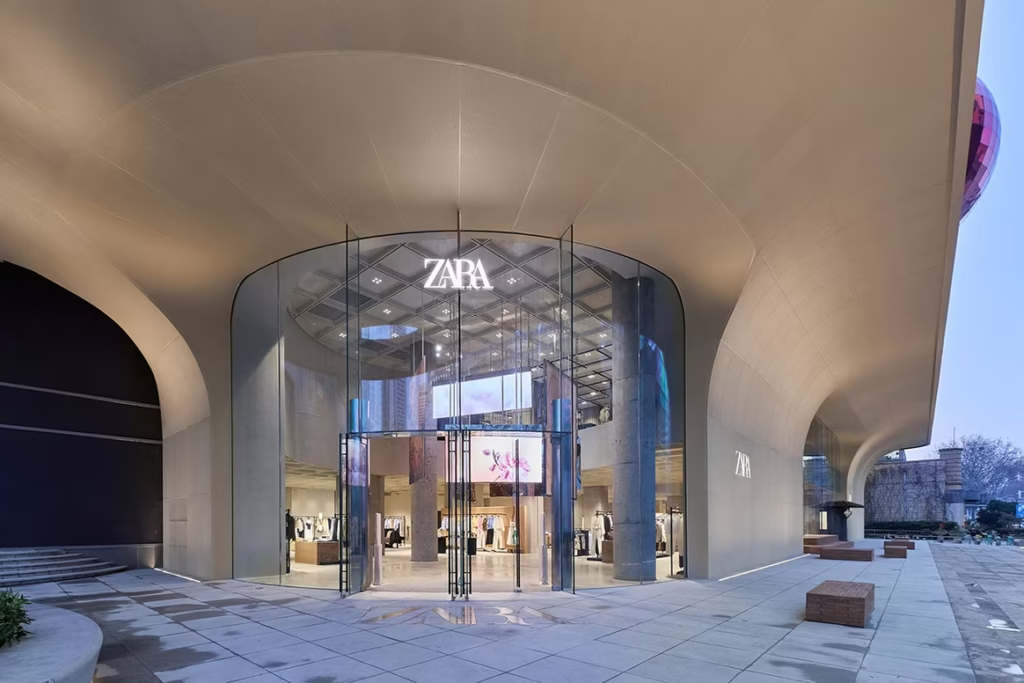
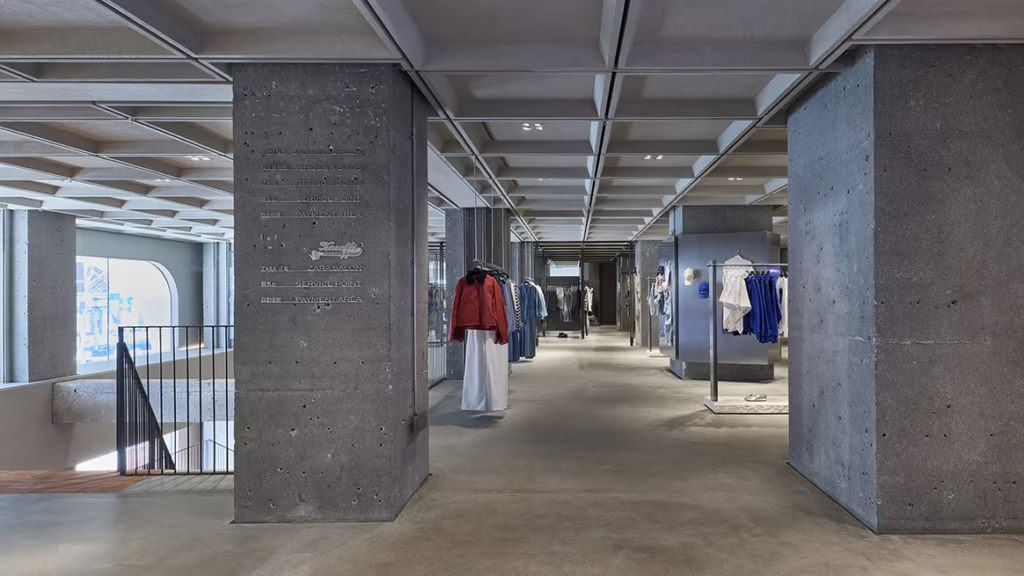
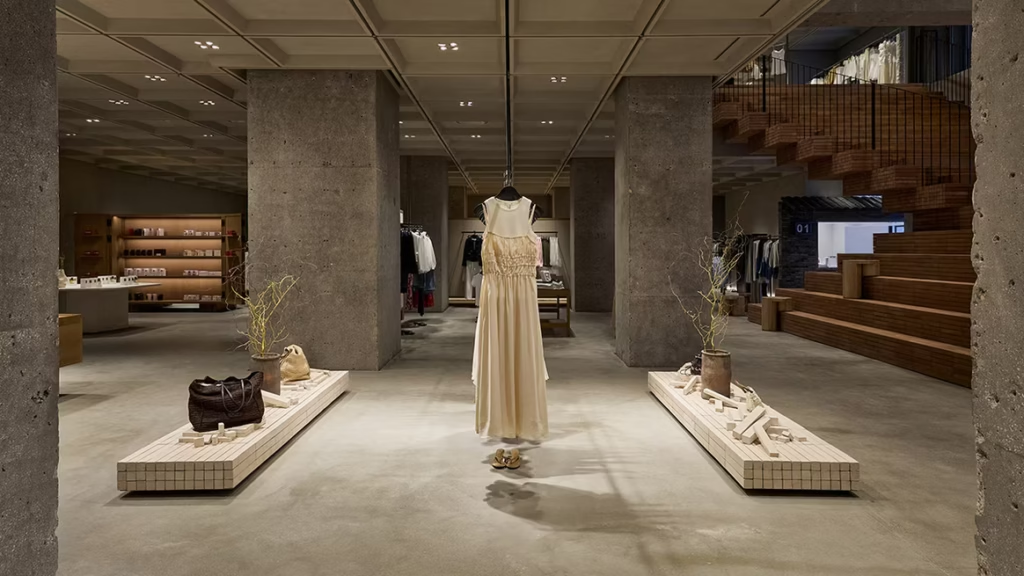
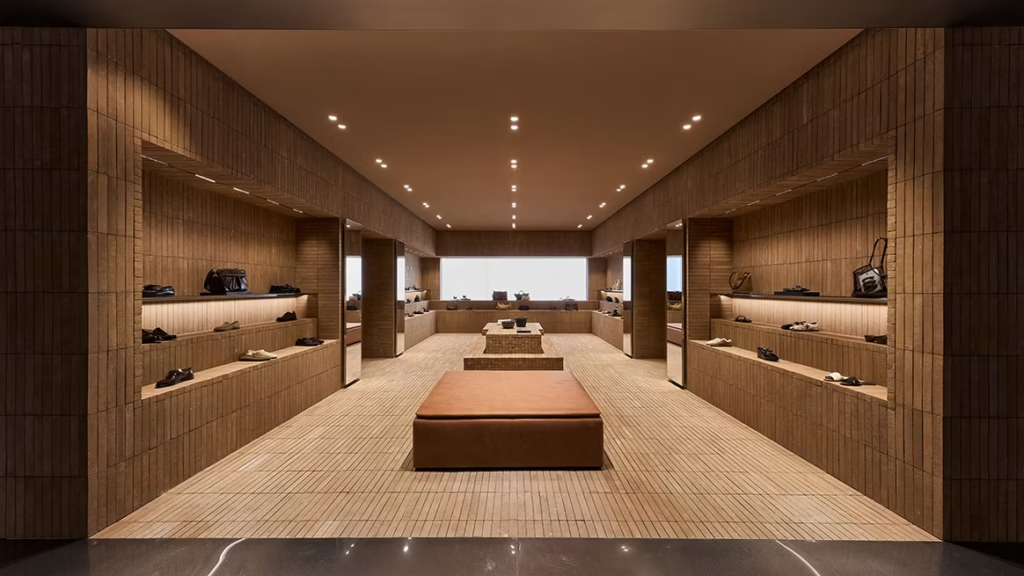
Looking Ahead
The Nanjing flagship store marks a pivotal moment in Zara’s evolution, blending digital convenience with experiential retail in a key international market. As Zara continues to test and refine its store innovations in China, the brand’s approach to premium retail experiences and digital integration could set the stage for future expansions worldwide. With the success of this flagship, Zara may soon introduce similar high-tech and lifestyle-driven concepts in other major cities across Asia and beyond.
